Related Topics
Recyclable PCBs, EOL Design, Cold Cuts
Infineon’s use of recyclable PCBs to create a soluboard. An examination of the new Arduino Uno, Minima and Wifi, plus a CNC and saw blade update.
Mislabeled Levels of Hell
We kick off this week with a timely discussion of whether you can cook food on the engine of your car; how hot would your exhaust pipes even need to be?
The Simplest SMT Component… In The World
Stephen’s CNC steps closer to being completed! Parker receives a newsletter that has the simplest SMT component in the world.
Other Resources
Circuit Break Podcast
Webinars
Videos
Tour MacroFab's ITAR-Compliant Facility
March 4, 2020, Episode #214
Parker
- Just got back from vacation
- Have not worked on any projects since last episode
- Watched lots of older James Bond movies
- Should we do a Spy gadget episode if we can get the right guest?
Stephen
- Simulation of the Week: Behringer Model D Oscillator Core
- Lots of cool stuff going on
- Exponential converter
- Constant current capacitor
- Discrete opamp with discrete comparator
- CNC Update
- Base built and topped with a torsion box
- ¾” MDF construction
- Gantry is on but needs some love
- New Spindle has 80mm mount
- This does not fit on my current z axis
- Make a mounting bracket with leftover aluminum from previous project
- Base built and topped with a torsion box
- New transformer for rackmount guitar preamp
- Old configuration was to do a 115:12.6 transformer then feed that into a 12:230 to get back up to high voltage
- Simple math says 230/12 = 19.16 so, 12.6*19.16 = 241.41VRMS = 341.36VDC
- In reality I am getting 250V….
- Hopefully with the new transformer ratio I will get closer to 300V which would be a 20% increase
Rapid Fire Opinion
- Webinar Updates
- Wednesday at 2PM Central
- Link in the show notes to register
- Parker does runs a webinar on March 11th
- Sweat sensor finds stress quickly
- Future of smart watches?
- AutoDesk Eagle sales tactics
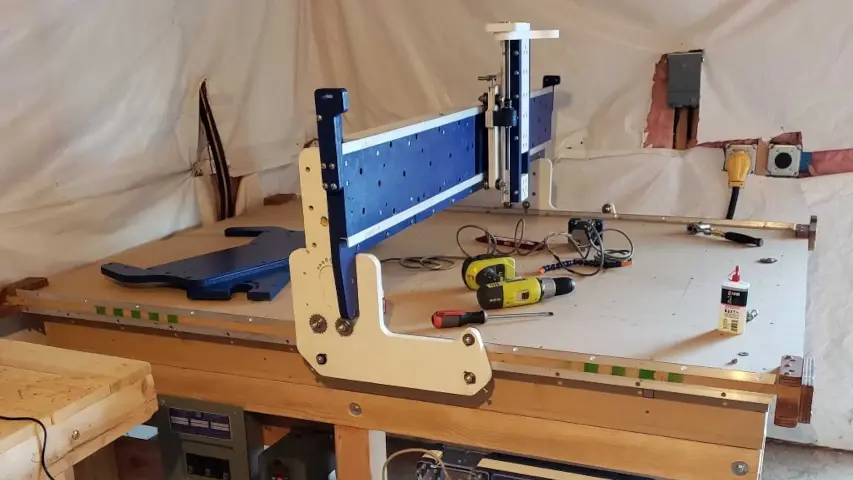
Progress being made on Stephen’s CNC rebuild.
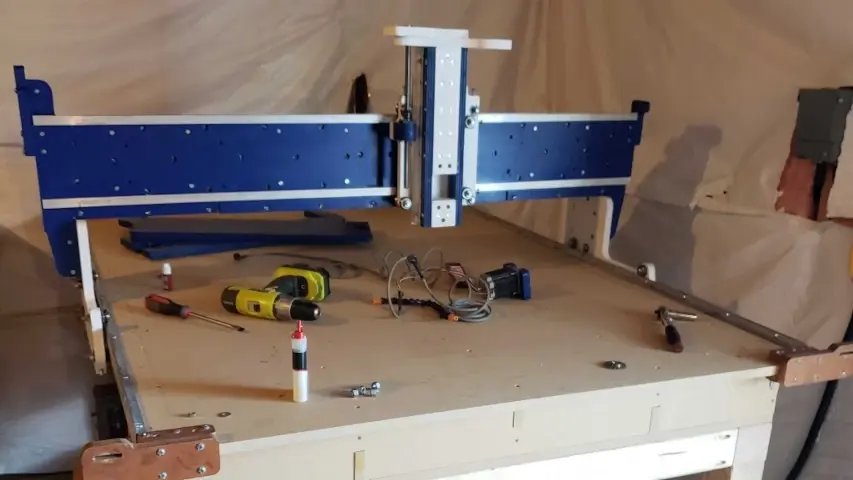
Progress being made on Stephen’s CNC rebuild.
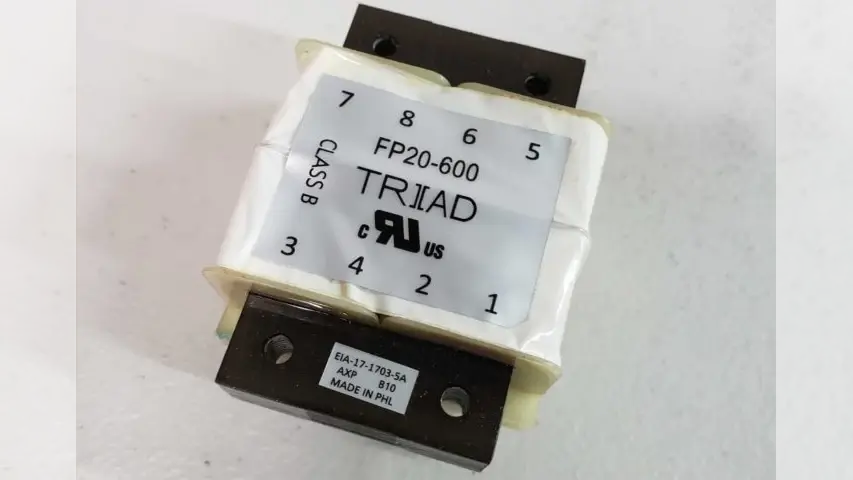
Transformers for the rack mount amplifier.
About the Hosts

Parker Dillmann
Parker is an Electrical Engineer with backgrounds in Embedded System Design and Digital Signal Processing. He got his start in 2005 by hacking Nintendo consoles into portable gaming units. The following year he designed and produced an Atari 2600 video mod to allow the Atari to display a crisp, RF fuzz free picture on newer TVs. Over a thousand Atari video mods where produced by Parker from 2006 to 2011 and the mod is still made by other enthusiasts in the Atari community.
In 2006, Parker enrolled at The University of Texas at Austin as a Petroleum Engineer. After realizing electronics was his passion he switched majors in 2007 to Electrical and Computer Engineering. Following his previous background in making the Atari 2600 video mod, Parker decided to take more board layout classes and circuit design classes. Other areas of study include robotics, microcontroller theory and design, FPGA development with VHDL and Verilog, and image and signal processing with DSPs. In 2010, Parker won a Ti sponsored Launchpad programming and design contest that was held by the IEEE CS chapter at the University. Parker graduated with a BS in Electrical and Computer Engineering in the Spring of 2012.
In the Summer of 2012, Parker was hired on as an Electrical Engineer at Dynamic Perception to design and prototype new electronic products. Here, Parker learned about full product development cycles and honed his board layout skills. Seeing the difficulties in managing operations and FCC/CE compliance testing, Parker thought there had to be a better way for small electronic companies to get their product out in customer's hands.
Parker also runs the blog, longhornengineer.com, where he posts his personal projects, technical guides, and appnotes about board layout design and components.

Stephen Kraig
Stephen Kraig is a component engineer working in the aerospace industry. He has applied his electrical engineering knowledge in a variety of contexts previously, including oil and gas, contract manufacturing, audio electronic repair, and synthesizer design. A graduate of Texas A&M, Stephen has lived his adult life in the Houston, TX, and Denver, CO, areas.
Stephen has never said no to a project. From building guitar amps (starting when he was 17) to designing and building his own CNC table to fine-tuning the mineral composition of the water he uses to brew beer, he thrives on testing, experimentation, and problem-solving. Tune into the podcast to learn more about the wacky stuff Stephen gets up to.
Special thanks to whixr over at Tymkrs for the intro and outro!
Related Podcasts
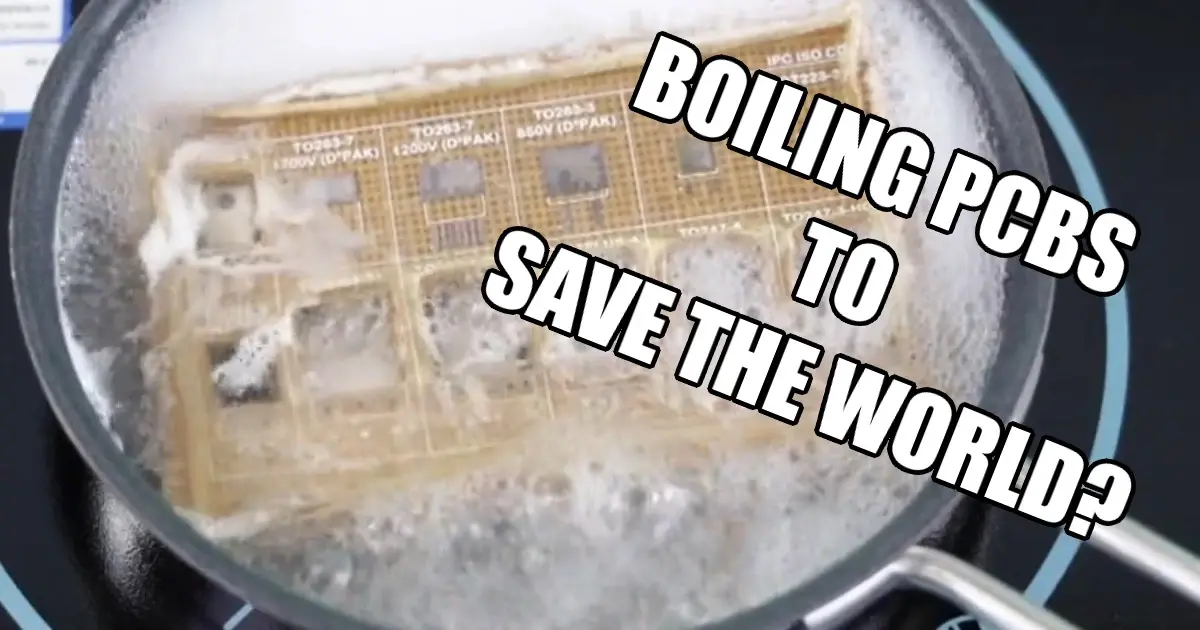
Recyclable PCBs, EOL Design, Cold Cuts
Infineon’s use of recyclable PCBs to create a soluboard. An examination of the new Arduino Uno, Minima and Wifi, plus a CNC and saw blade update.
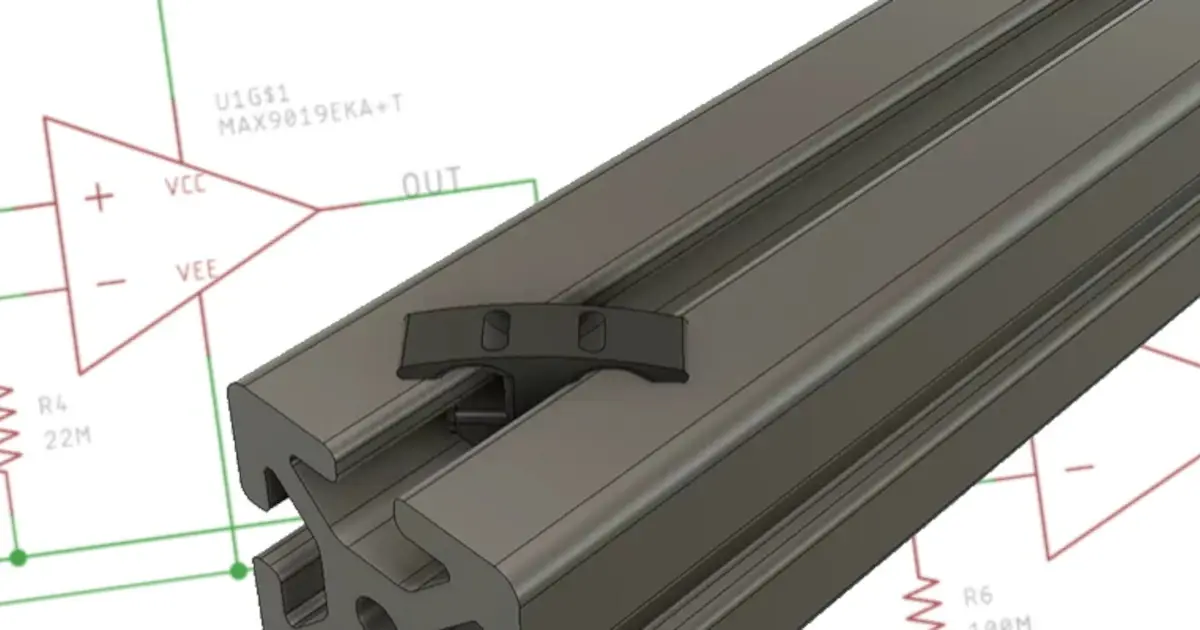
Current Conscience Comparator
How low can the power consumption of the Cat Feeder Unreminder go? Parker and Stephen discuss leakage current on this episode of the podcast!
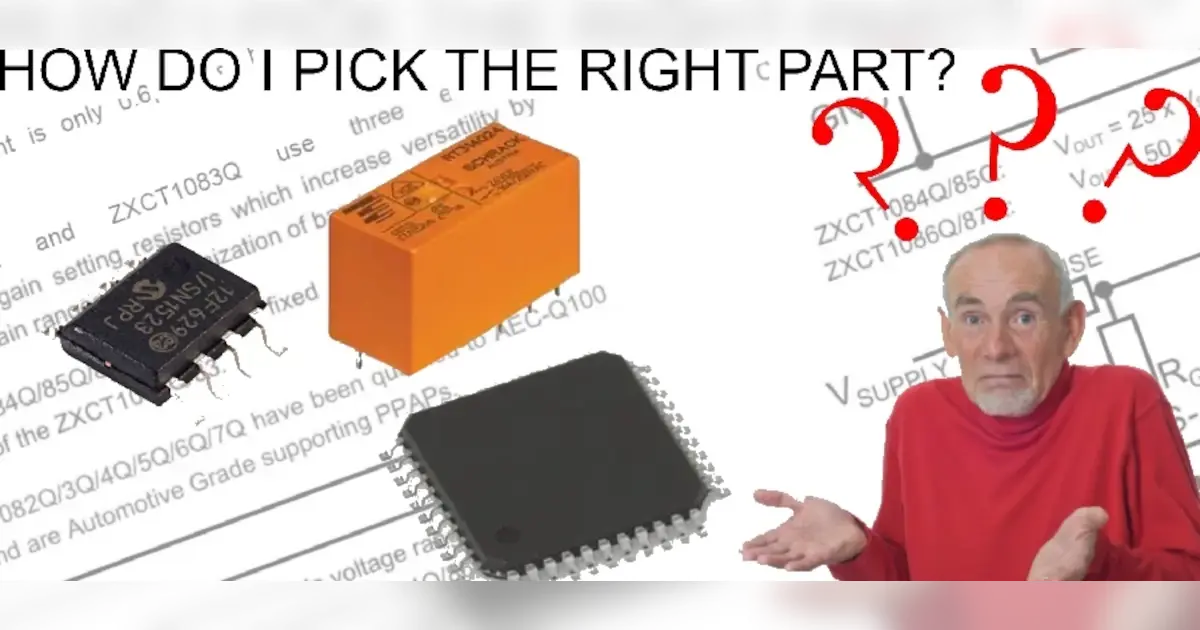
Datasheet Lore
What lore have you discovered in component datasheets? On this episode, Parker talks about how he picks electrical components and risk management.
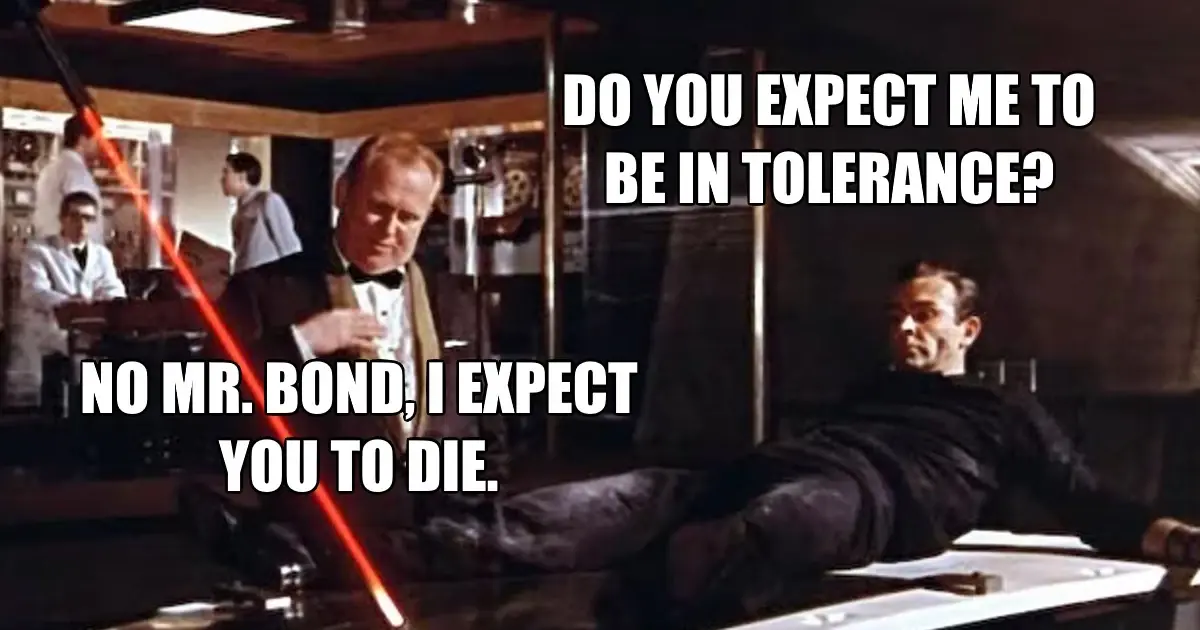
Laser Cutting Tolerancing
They may be known for being electrical engineers but on this episode, Parker and Stephen dig into the more mechanical aspects of their current projects
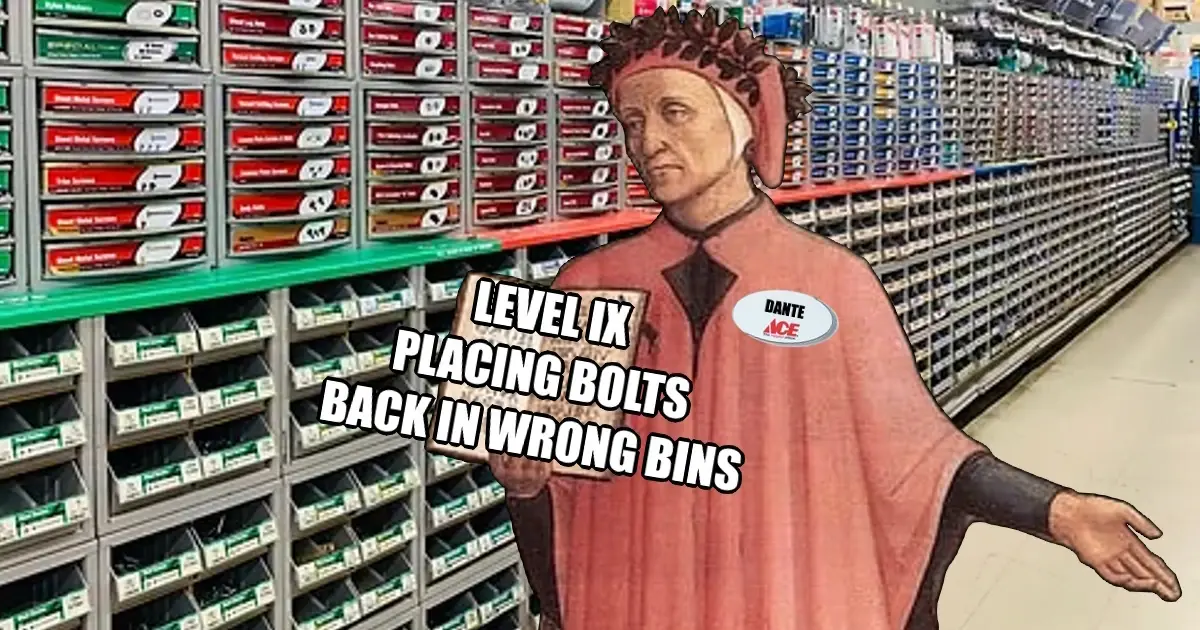
Mislabeled Levels of Hell
We kick off this week with a timely discussion of whether you can cook food on the engine of your car; how hot would your exhaust pipes even need to be?
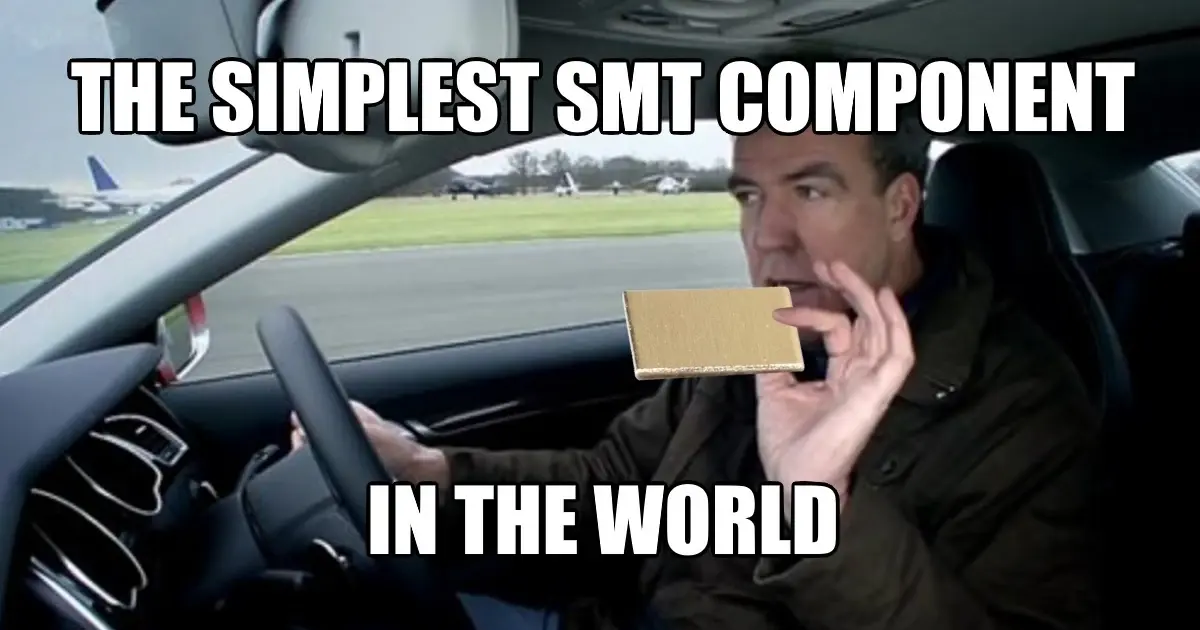
The Simplest SMT Component… In The World
Stephen’s CNC steps closer to being completed! Parker receives a newsletter that has the simplest SMT component in the world.
About MacroFab
MacroFab offers comprehensive manufacturing solutions, from your smallest prototyping orders to your largest production needs. Our factory network locations are strategically located across North America, ensuring that we have the flexibility to provide capacity when and where you need it most.
Experience the future of EMS manufacturing with our state-of-the-art technology platform and cutting-edge digital supply chain solutions. At MacroFab, we ensure that your electronics are produced faster, more efficiently, and with fewer logistic problems than ever before.
Take advantage of AI-enabled sourcing opportunities and employ expert teams who are connected through a user-friendly technology platform. Discover how streamlined electronics manufacturing can benefit your business by contacting us today.